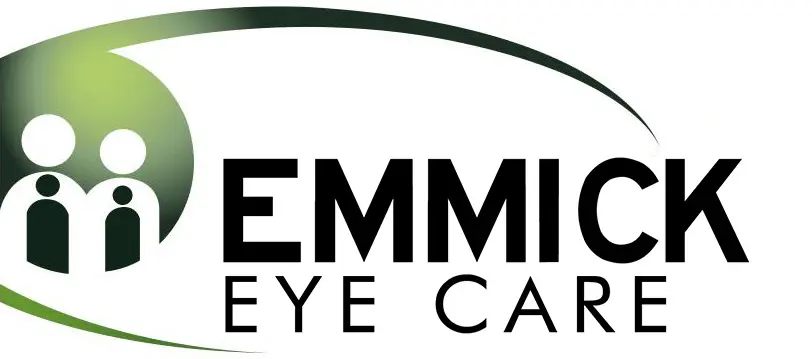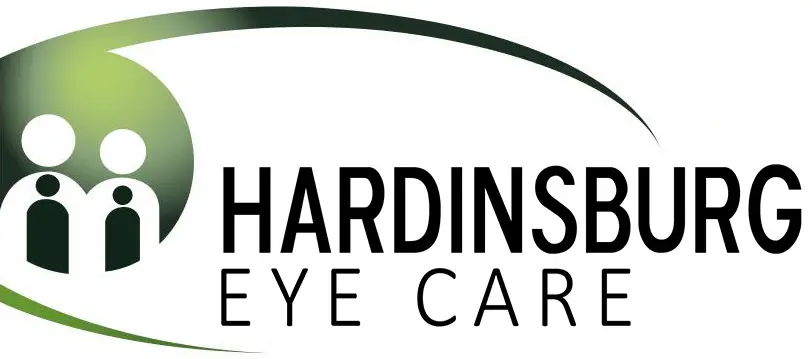Ocular & Systemic
Health Management
Health Management
precise &
effective diagnosis
Our eye care clinic makes it a policy to ensure that all staff members are up-to-date on the latest technology and techniques to make your visit as comfortable and effective as possible. As optometric technology changes, it is even more important to select an eye doctor who has all the right optometry qualifications and follows the latest developments in eye care.
Utilizing cutting-edge technology we are diagnosing and managing, with greater precision, diseases like Glaucoma, Macular Degeneration, and Cataracts. Earlier and more precise diagnosis means earlier treatment and better outcomes. We are taking an aggressive approach to diseases that previously had few treatment options. Great advances have been made in the treatment of these diseases.
Health Management
Cataract Surgery Co-Management
Cataract Surgery
Co-Management
Cataracts are a disease of the eye that results in the clouding of the lens of the eyeball. Cataracts prevent clear images from appearing on the eye’s retina; causing mild, moderate, or even severe blurred vision. Watch a short video about cataracts now.
Typically an eye disorder associated with aging (over half of the people in America over age 80 have either had a cataract or cataract surgery), cataracts generally occur later in life as the lens structure within the human eye changes and gets older.
During the evaluation of your eye health, we will carefully examine your lens for signs of cataract formation. If a cataract is noticed and the clouding is causing visual disruption, the optometrist will refer you to a trusted and respected surgeon for surgery, which is the only known cure for cataracts. Our Eye Care Practice will be there for you providing pre and post-cataract surgery care.
Cataract Surgery
Cataract surgery is the removal of the natural lens of the eye (also called “crystalline lens”) that has developed an opacification, which is referred to as a cataract. Metabolic changes of the crystalline lens fibers over time lead to the development of the cataract and loss of transparency, causing impairment or loss of vision. During cataract surgery, a patient’s cloudy natural lens is removed and replaced with a synthetic lens to restore the lens’s transparency.
Following surgical removal of the natural lens, an artificial intraocular lens implant is inserted (eye surgeons say that the lens is “implanted”). Cataract surgery is generally performed by an ophthalmologist (eye surgeon) in an ambulatory (rather than inpatient) setting, in a surgical center or hospital, using local anesthesia (either topical, peribulbar or retrobulbar), usually causing little or no discomfort to the patient. Well over 90% of operations are successful in restoring useful vision, with a low complication rate. Day care, high volume, minimally invasive, small incision phacoemulsification with quick post-op recovery has become the standard of care in cataract surgery all over the world.
Health Management
Glaucoma Testing & Treatment
Glaucoma Testing
& Treatment
Glaucoma is the generalized name for a group of eye diseases that damage the optic nerve of the eye, preventing the eye from sending accurate visual information to the brain. Glaucoma tests are designed to test your eyes for one of the key symptoms of the disease—increased eye pressure—however only a comprehensive eye exam can reveal whether or not you have glaucoma. Increased pressure inside the eye is often a key indicator of glaucoma, though not exclusively so. Eye doctors can use a number of tests for eye pressure, but will, by default, check for signs of glaucoma as part of a detailed examination of the retina—the light-sensitive area at the back of the eye responsible for processing images.
How Does Glaucoma Testing Work?
A glaucoma test is usually part of a routine eye exam. Both types of glaucoma tests measure the internal pressure of the eye.
One glaucoma test involves measuring what happens when a puff of air is blown across the surface of the eye. (A puff test) Another test uses a special device (in conjunction with eye-numbing drops) to “touch” the surface of the eye to measure eye pressure.
While increased eye pressure is a key indicator of the disease, it does not necessarily mean you have a glaucoma diagnosis. In fact, the only way to detect glaucoma is to have a detailed, comprehensive eye exam that often includes dilation of the pupils.
So “true” glaucoma testing actually involves examining the retina and optic nerve at the back of the eye for signs of the disease.
Glaucoma Treatment
Depending on the severity of the disease, treatment for glaucoma can involve the use of medications, conventional (bladed) surgery, laser surgery, or a combination of these treatments. Medicated eye drops aimed at lowering IOP usually are tried first to control glaucoma.
Because glaucoma is often painless, people may become careless about the strict use of eye drops that can control eye pressure and help prevent permanent eye damage. In fact, non-compliance with a program of prescribed glaucoma medication is a major reason for blindness resulting from glaucoma.
If you find that the eye drops you are using for glaucoma are uncomfortable or inconvenient, never discontinue them without first consulting your eye doctor about a possible alternative therapy.
All glaucoma surgery procedures (whether laser or non-laser) are designed to accomplish one of two basic results: decrease the production of intraocular fluid or increase the outflow (drainage) of this same fluid. Occasionally, a procedure will accomplish both.
Currently, the goal of glaucoma surgery and other glaucoma therapy is to reduce or stabilize intraocular pressure (IOP). When this goal is accomplished, damage to ocular structures – especially the optic nerve – may be prevented.
Health Management
Macular Degeneration Treatment
Macular Degeneration Treatment
Macular degeneration is an eye disease that affects the portion of the eye responsible for processing fine detail and providing sharp central vision (called the macula).
There is currently no cure for macular degeneration. Macular degeneration treatment options exist that can slow the progress of the disease or improve vision based on the type of macular degeneration you are experiencing. To understand the risks and the limitations of all macular degeneration treatments, speak frankly with your eye doctor.
Dry macular degeneration treatment actually begins with routine eye exams, especially after age 60. The goal here is to catch the development of ARMD early. If detected, you may be prescribed a specific mix of high-dose zinc and antioxidants that have shown an ability to slow the progression of the disease.
Wet macular degeneration treatment can include a number of options; including laser surgery, light-activated dyes that are injected into the circulatory system, or drugs injected directly into the eye that inhibits the growth of abnormal blood vessels that cause the wet form of the disease.
With any macular degeneration treatment, there are no guarantees that the disease can be stopped, no promises that a treatment won’t need to be repeated, and a sobering reminder that vision, once lost, is rarely restored.
Health Management
Diabetic Retinopathy Treatment
Diabetic Retinopathy Treatment
There’s no separating diabetes and vision. If you have diabetes, then you should understand vision problems that increase in likelihood as a result of the disease.
Diabetic retinopathy involves swelling, leaking, or abnormal growth of blood vessels in or near the retina. There are multiple stages to this disease, the earliest of which may not present any symptoms you can see.
Symptoms you can see include dark or black spots in your vision that increase over time or severely blurred vision due to bleeding within the eye.
That’s why comprehensive eye exams are so important when thinking about diabetes and eyesight—both type 1 and type 2 diabetics are at risk for developing diabetic retinopathy, and the longer you have diabetes, the more likely you are to develop some form of the disease.
Treatments for diabetic retinopathy include the replacement of the inner gel inside the eye (called a vitrectomy) and different kinds of laser surgery. A recent clinical trial also suggested that better control of blood sugar levels slows the onset and progression of the disease in many patients.
Looking For Expert Vision Care?
Looking For
Expert Vision Care?
Visit our contact page today to connect to a member of our team.


